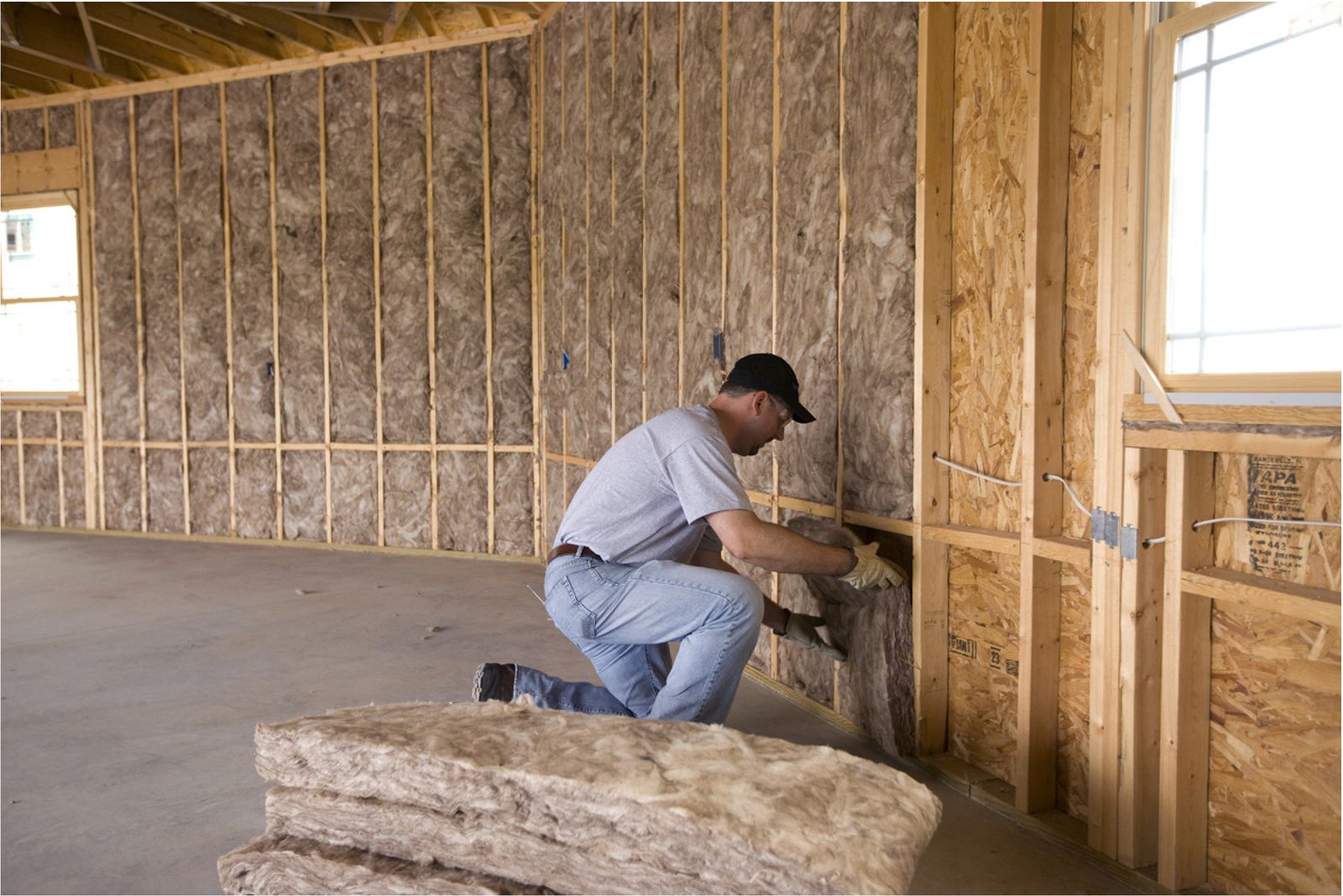Container insulation is a key element to keeping your container home comfortable. Shipping containers are made of steel and conduct thermal energy very easily.
There are a few different types of insulation that work well for container homes. The most popular are polystyrene panels and spray foam. These are easy to apply and do not require framing.
Polystyrene Panels
Styrofoam panels are a common option for those looking to insulate a shipping container. They are easy to install and provide a good amount of insulation, limiting the echoing of sound in the space. In addition, they are an inexpensive option and can significantly reduce heating and cooling costs, saving you money over time.
This type of insulator works by trapping air or other gasses in millions of tiny cells and passages, which makes it far less likely to conduct thermal energy than solids and liquids. In this way, it prevents heat from moving through the walls of a shipping container home and keeps the space comfortable.
Expanded polystyrene, also known as EPS, is made from small hollow spherical balls and can be found in a wide variety of applications. It’s commonly used as protective packaging for delicate products, hygienic food packaging, and even as insulation in construction projects. It’s also non-toxic and has an extremely low environmental impact.
Styrofoam Blankets
Styrofoam blankets are an inexpensive and simple way to insulate your shipping container. They can be glued right onto the walls of your container, which eliminates the need to build stud walls. They also work well in hot or cold climates, as they don’t absorb moisture like other materials can.
Another popular insulation method for containers is spray foam. This type of insulation is incredibly efficient and provides an excellent air-tight seal, preventing moisture from entering your container. It is expensive and requires some experience to apply correctly, however. It is also a petrochemical product and made with fossil fuels, so it may not be sustainable for some people.
There are other, less costly insulation options for containers such as cork and denim. Cork is eco-friendly and creates a sound buffer, as the metal walls of a container transmit noise very easily. Denim, on the other hand, is a more natural option that can be reused.
Fiberglass Blankets
The type of insulation you choose for your container home depends largely on the climate where it will be located. Choosing a material that prevents thermal energy from passing through your shipping containers walls can help you to create a comfortable living space and lower your utility bills.
Fiberglass blanket insulation is a flexible, affordable, and easy-to-install option. It works by absorbing sound energy and slowing the transfer of heat, cold, and moisture. This insulation also offers fire resistance and resists mildew, mold, and other chemical damage.
Another insulation method that can work well for shipping container homes is sheep’s wool. This resembles blanket insulation, but it is more effective in the winter and is environmentally-friendly. Vermiculite and perlite are another form of mineral insulation that is inexpensive, lightweight, and easily installed. These products are spongy and compressible, meaning that they can fill in the spaces between studs in wall cavities. This is a good option for people who prefer to avoid fiberglass, but still want to save on their shipping container housing costs.
Spray Foam
Spray foam is a great option for insulation containers because it can be sprayed directly onto the walls. It fully insulates the wall to stop condensation and prevent mold and corrosion. It also creates a thermal barrier to help reduce energy costs.
The best spray foam for container homes is closed-cell polyurethane (Icynene). This type of spray foam expands and hardens into tiny plastic bubbles that insulate your home and deter moisture and pests. The foam can be sprayed as thick or thin as needed to meet your insulating goals. It also has a low-VOC rating and is biodegradable.
It is important to hire a professional contractor to apply the spray foam as it needs to be applied in even layers to avoid sagging and swelling. They will also know how to protect the foam from the elements and make sure it meets building code requirements. They will typically use a UV coating on the foam to protect it from the sun’s harsh rays.








Leave a Reply